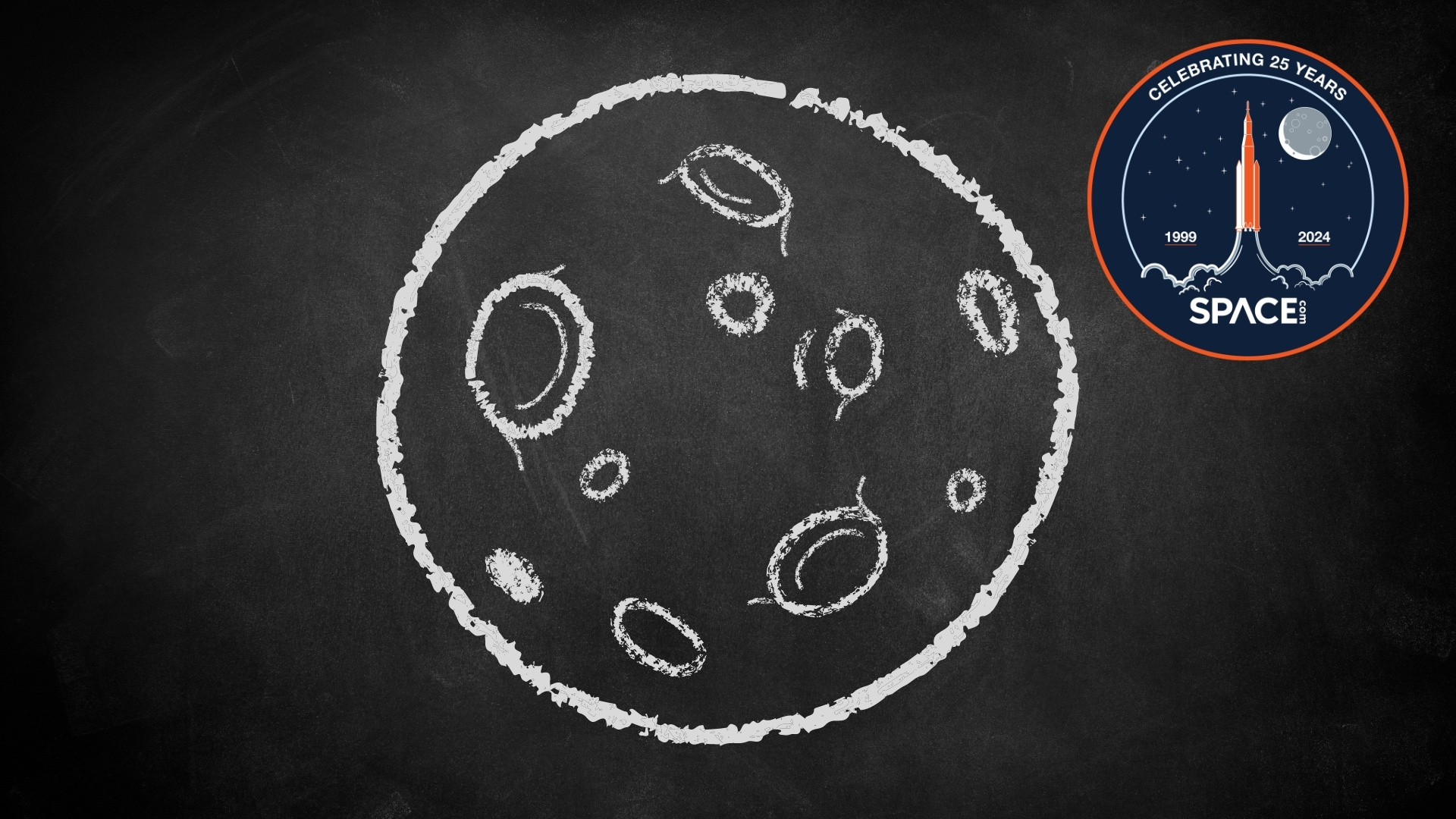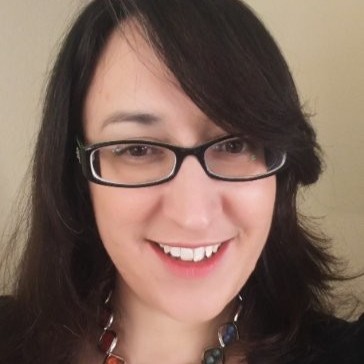Whip up a moon-like crater
This neat little experiment will give you a unique view of the lunar surface.

Have you ever noticed the varying shades of gray and white on the moon? Many of the features we see on the moon are craters, caused by rocks from space smashing into the surface of the moon. Today, we're going to make our own craters!
There's only a few things you'll need for this experiment:
- Flour
- Sprinkles (color of your choice)
- Coca
- A tray or pan
- An assortment of rocks
- A sifter (optional)
First, we're going to make the moon's surface. Take some of the flour and make a thick, even layer over the bottom of your pan. Next, take your sprinkles and sprinkle them in a layer on top of the flour. Finally, add a thin layer of cocoa. This is where your sifter may come in handy to create an even covering. All these ingredients represent the different layers of rocks and minerals you could find on the moon.
Related: Learn about Space with these awesome NASA education videos
Now comes the fun part! Grab a rock and gently drop it from a few feet onto the mixture. See what happens! You can experiment with different-sized rocks, different speeds, and even different angles.
Your rock will form a crater. What shape crater is it? How does dropping the rock in different ways change the shape, size, or depth of the crater? Did you see any of the flour or sprinkles get blasted to the surface? Does a bigger rock always make a bigger crater, or can you figure out a way to make a big crater with a small rock? These are similar to the craters we see on the moon. Craters on the moon are often accompanied by some lines radiating away from their center. These are called rays. Did you see rays in your experiment?
Breaking space news, the latest updates on rocket launches, skywatching events and more!

Elizabeth is a freelance science writer. She has a Ph.D. in astrophysics from the University of Texas at Austin and has worked with telescopes all around the world and in space. Now she writes on astronomy, physics, geology, mathematics, and science and technology in society.
